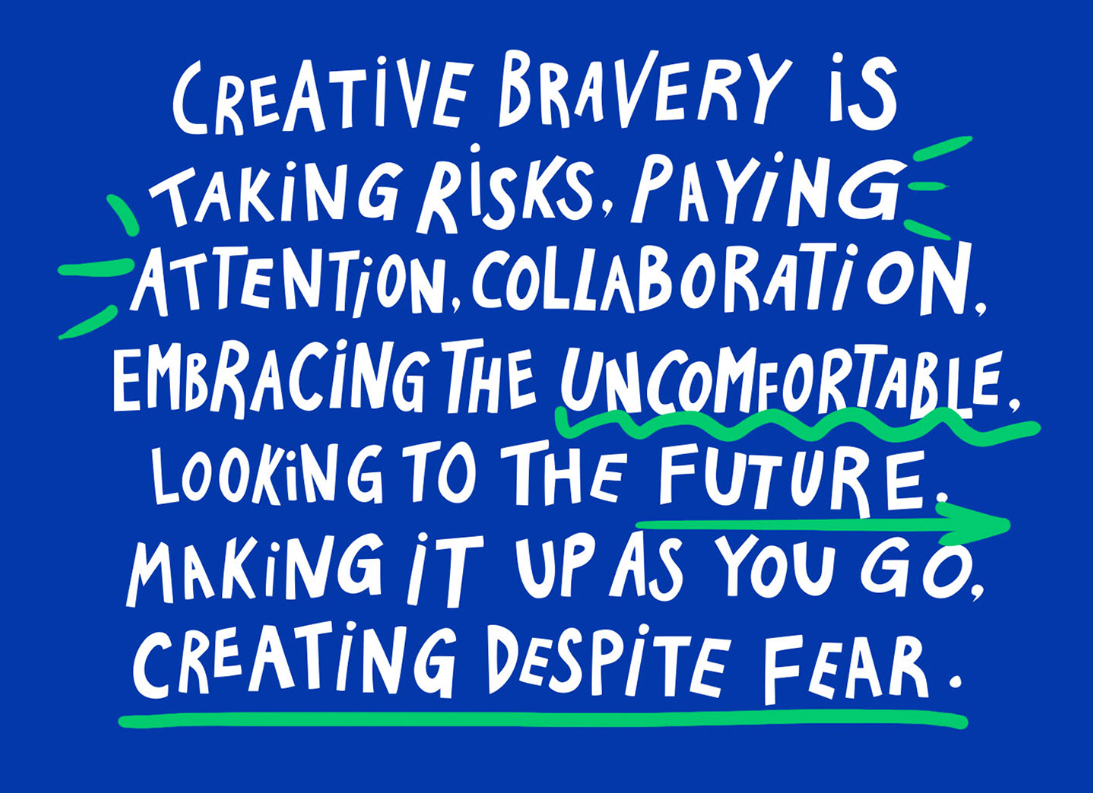Marketers have been trained to believe in scalable digital media buys.
The thinking has been that scale buys allows advertisers to fish in a big pond with lots ‘n lot of fish. It seemed reasonable to expect that in all likelihood, enough “valuable” fish will be caught leading to a successful outcome. To improve the odds, AdTech handily created digital fingerprinting called cookies allowing marketers to follow people across their digital journeys or create look alike targeting profiles based on people who already clicked on an ad – all in the name of increasing the size (a.k.a. scale) of the media buy.
It won’t come as a surprise to anyone paying attention that the longer advertisers live with the digital AdTech ecosystem, the more disheartened they get – especially on the acquisition side of the business.
They realize that scale media buys are problematic for acquisition marketing given the level of fraud, brand safety, tech tax and privacy issues that are deliberately obscured in programmatic media.
They are exhausted by all the tech promises which seem to increase their costs without commensurately increasing their revenue.
They are burnt out trying to explain to upper management why the high cost of the adtech stack and scale media buys they’ve invested in has not yet generated a positive ROI.
They are deeply distrustful of what the large ad platforms, Google and Facebook, say and do.
It’s plain the adtech bloom has come off the rose. Yet, it’s more painful to see the acquisition pickle marketers are in given that there is only one flavor of AdTech on the market today and that one flavor does not work very well for acquisition marketing. The only version of adtech that is readily available to marketers is a model that requires tracking people (while not calling them “people”) and then “catching” them or “someone like them” somewhere on their Internet journey, hopefully on a page that has some semblance of relevancy to your brand. That’s a lot of digital hoop jumping all caused by the complications targeting people on the Internet that was, let’s remember, built as a content serving engine. The requirements to “serve up” people was never what the Internet was built to do.
Yet marketers’ had been fed a steady diet by AdTech that targeting “people” online was possible if only they deployed the right tech. AdTech created ever more complex data platforms, ad serving and ad buying platforms but despite all the technical gymnastics and extra cost, it did not seem to do a better job at generating meaningful results.
Advertisers were reluctant to abandon the only AdTech model they knew but now, it is understood that scale is the enemy of outcome-based marketing. If that is the case, where does an advertiser turn to rehabilitate their programs?
Redemption comes with changing your relationship with AdTech to create the modern acquisition engine.
It means letting go of the current model of demographic-centric AdTech with its complexity in data and “scalable” media buys and adopting a real world version of contextual marketing. Instead of using or buying demographic data, advertisers can activate new topic data that informs brands which topics they should invest in – not which demographic groups to target. Data platforms, like our Topic Intelligence.ai platform (semi-shameless plug), represents the next wave of AdTech data which allows advertisers to know exactly their best converting topics before they run campaign. Finally, advertisers can be freed from the concerns and complications of defining targeting demo’s ((a crap shoot in itself) and worrying how to track them across the digital planet.
Then, with new topic targeting data in hand, advertisers are ready to reduce spending on old-school digital platforms from DSPs to Native ad networks and replace it with media that is inherently topic based. There are many more examples of topic-centric media buying than one might think – from B2B ad networks like the BPA Exchange or B2C networks about wellness or Reddit. There are also newer platforms like BriefBid that help advertisers buy direct from these topic-based publishers “at scale” that can include new levels of contextual placements not available in the programmatic buying platforms. The scalable part of the buy rest with the contextuality opportunities – not the number of impressions bought.
Finally, opt out of attribution analytics that try to figure “who” converted, an exercise fraught with frustration and false starts and opt in instead for a much simpler approach that analyzes which topics drove which outcomes.
When an advertiser shifts their perspective 90° to adopt a fully integrated topic-based adtech stack, it becomes a game changing modern acquisition engine.
It allows advertisers to use the Internet for its content serving capabilities instead of “forcing” the Internet to “serve up” people – something it was never designed to do. That’s acquisition done the modern way. Sustainable. Profitable. Repeatable. What’s not to love?





